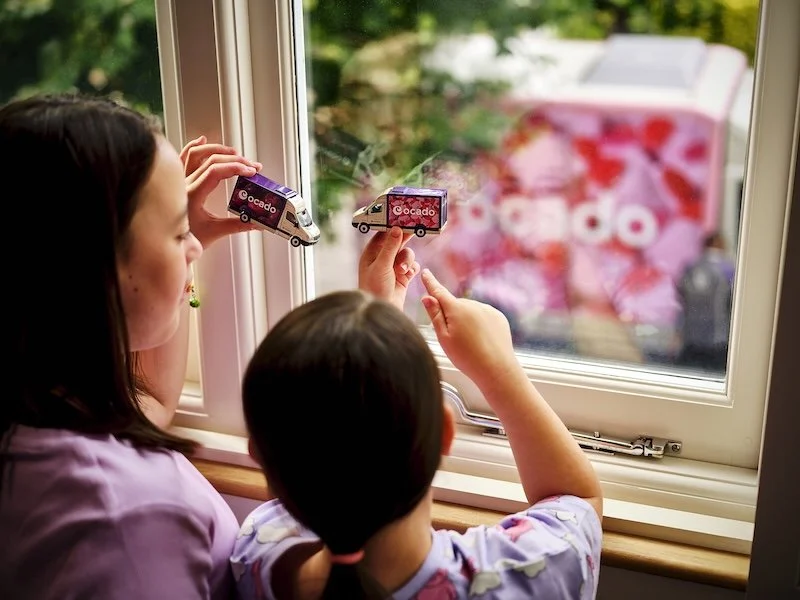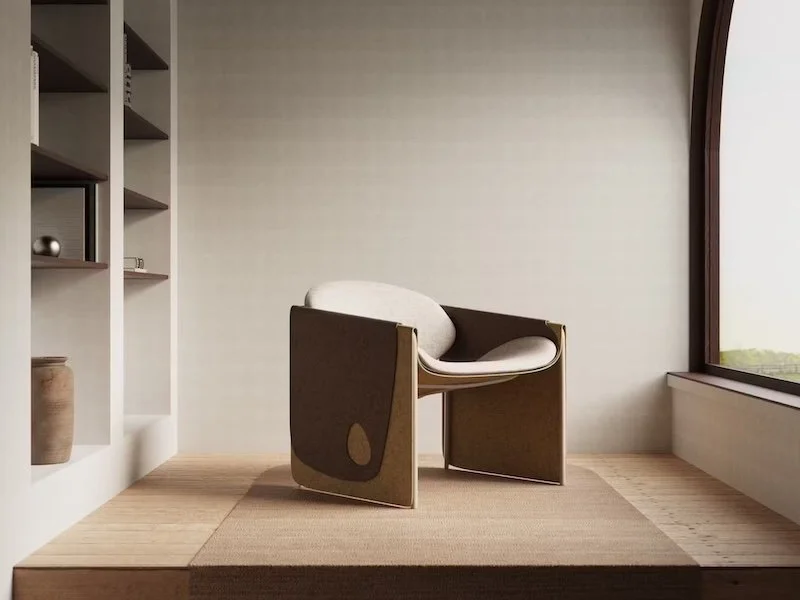Shopify boss Harley Finkelstein discusses where physical retail is headed
Physical retail and department stores aren’t going away. What’s going away is intermediaries that don’t add any value.
That’s the view of Harley Finkelstein, President at e-commerce giant Shopify.
In a LinkedIn post, he said: “It is no longer enough for an intermediary to simply justify their profit margin on the basis that they have a physical store; they can’t rest on the strategy that their only value add is local distribution.”
According to Finkelstein, we will see the following in physical retail over the five to ten years:
1. It will be an extension of all other channels.
2. There will be a return to authenticity - what is core to the brand will be physically manifested in the store.
3. Physical stores will act as showrooms.
4. Physical stores will be a place for customers to spend time, experience the brand, and immerse themselves in the brand identity.
5. The industry will stop looking at online and offline as two different P&L’s - it will just be one single business.
Back in business
Shoppers are returning to shop in stores in similar numbers seen prior to the Covid-19 pandemic.
They have also embraced self-serve habits as they increasingly use DIY technology, allowing more associates more time on the floor to help customers.
That’s according to research by Zebra Technologies, involving over 4,200 shoppers, store associates and retail decision makers globally.
While nearly 75% of people say inflation has caused them to delay purchases, they’re still returning to stores, but most (76%) want to get in and out as quickly as possible.
And they’re willing to help make that happen with their growing affinity for self-serve technology.
Shopper interaction across self-serve solutions continues to rise with nearly half of shoppers citing they have used self-checkouts, and almost four in ten used cashless payment methods.
43% prefer paying with a mobile device/smartphone (+23pp since 2019) and half prefer self-checkout (up +19pp since 2019) as preference for a traditional check-out register staffed by a person has declined (-20pp since 2019).
77% of retailers believe staffed checkouts are becoming less necessary with automation technology, and nearly half are readying their stores, converting traditional check-out spaces to self-serve and contactless options.
Shoppers are ready for it; about eight in ten expect retailers to have the latest technology, and retailers know it.
GET SMART
Consumers also continue to rely on their smartphones during shopping trips; this year’s usage indicates price sensitivity as over half of those surveyed are checking for sales, specials or coupons, aligning with 68% who are concerned about having to reduce spending to make ends meet.
Consumers expect a seamless experience however they shop. Seven in ten prefer shopping both in-store and online as well as favour online retailers that also offer bricks and mortar locations.
Convenience is king for fulfilment: most shoppers (75%) prefer the option to have items delivered and 64% opt for retailers who offer in-store or curbside pick-up.
The same is true for reverse logistics: eight in ten shoppers prioritise their spending with retailers that offer easy returns. Nearly half of retailers surveyed are converting space in their stores for order pick-up, supporting consumer fulfilment preferences.
Mobile ordering continues to increase, with more than eight in ten shoppers and nine in ten Millennials using it, and seven in ten shoppers want more retailers to offer it.
“Shoppers don’t see channels, they see one shopping experience however they shop,” says Matthew Guiste, Retail Industry Lead, Zebra Technologies.
“The days of siloed, omnichannel operations are out of step with how people shop today. A unified commerce approach can help retailers meet shoppers how they shop - online, in-store, social, mobile, or any combination - and improve their overall experience.”















Continue reading…